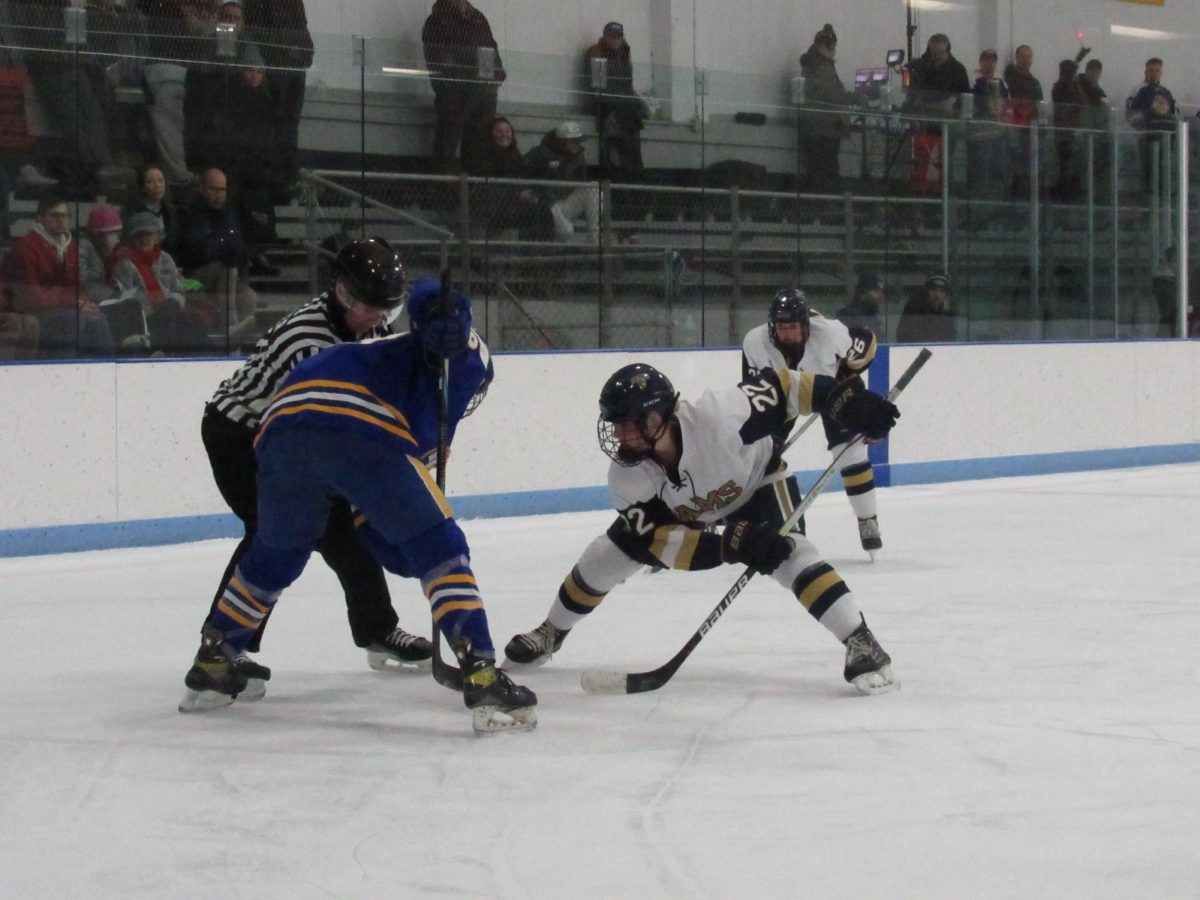Article By: Dan Ryan
For decades, the game of baseball remained essentially the same while the world changed drastically around it. Over the course of the 20th century, the players and fans may have changed, but the soul of the game stayed the same: the game still used wooden bats, leather gloves and rawhide balls, and was still played throughout the summer by generations of American youth.
To say that the game of baseball has been wary of change is a bit of an understatement. The game is beloved for its purity and American heritage, and those in power are extremely careful (one might even say overly cautious) to avoid making changes that would affect the aforementioned “soul” of the game.
It is understandable, then, that Major League Baseball has been slow to adapt what can be called the biggest marriage of sports and modern technology since the television: the use of instant replay to review, and sometimes reverse, calls on the field, court or rink. The National Football League uses replay to review things like whether or not a catch was made in bounds, the National Hockey League uses replay from “the War Room” in Toronto to determine whether or not the puck crossed the goal line and the National Basketball
Association uses replay to determine whether or not a shot was taken in time, amongst other things.
Baseball was a little late to the replay party, but decided to only use instant replay to review home runs- specifically whether they were fair or foul, and whether or not they cleared the wall. This was a big step, but others wanted to use it to decide whether a ball hit down the line was fair or foul or, perhaps most importantly, whether a runner was safe or out at a base.
If the calls for more replay were mere rumblings before, they have developed into a roar that MLB cannot ignore due to a series of controversial calls and glaring errors made by umpires this post-season. Red Sox fans will recall a couple of blown calls in the first two games of this year’s American League Division Series in Anaheim, specifically one missed at first base by umpire C.B. Bucknor. Bucknor called Angel Howie Kendrick safe at first base, while replays showed he was clearly out. Another glaring error was made in the other ALDS, in which Joe Mauer’s fly ball down the left field line was ruled foul, despite replays that showed the ball landing in fair territory by a good margin.
The mistakes didn’t end in the first round, as the Yankees were victimized by a blown call in which Phillies’ first baseman Ryan Howard was ruled to have caught a line drive, even though replays showed the ball bounce before he caught it. The Phillies ended up recording a double play as a result.
The point of all the discussion isn’t to harp on the umpires. To use a horribly overused phrase, they’re only human, and mistakes are to be expected. The problem is that these are mistakes that can easily be corrected. The camera angles and technology are already in place for MLB to expand its use to areas other than home runs. The main argument against it is that the games are already long enough, and do fans really want more delays?
The opinion here is that the answer, clearly, is “of course.” Baseball fans would much rather see an umpire admit a mistake, take a few minutes and get a call right rather than see a favorite team lose a game because of a mistake. The replay debate won’t be going away anytime soon, and it may take a blown call on the sport’s biggest stage to change commissioner Bud Selig’s mind. Fortunately for those calling for a wider use of instant replay, with the way these playoffs have been going for the men in blue, a blown call in the World Series is probably inevitable.






